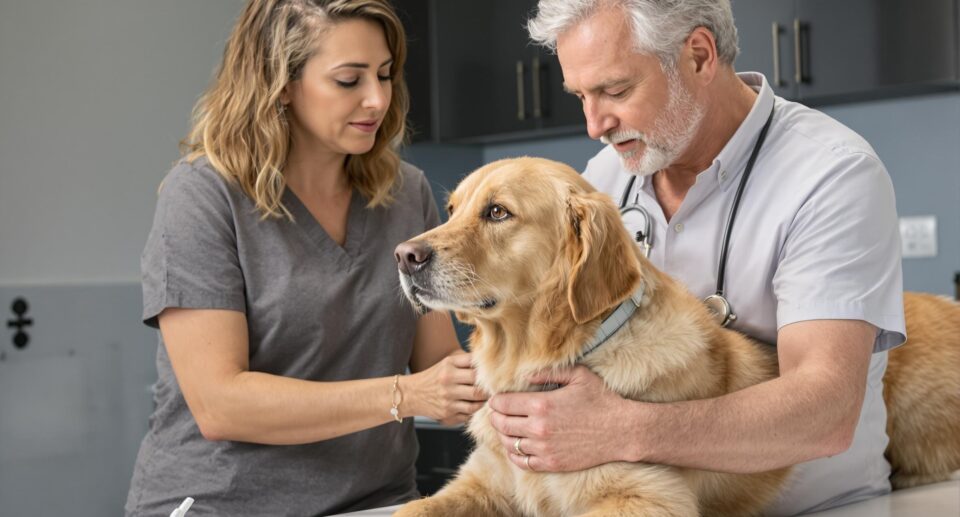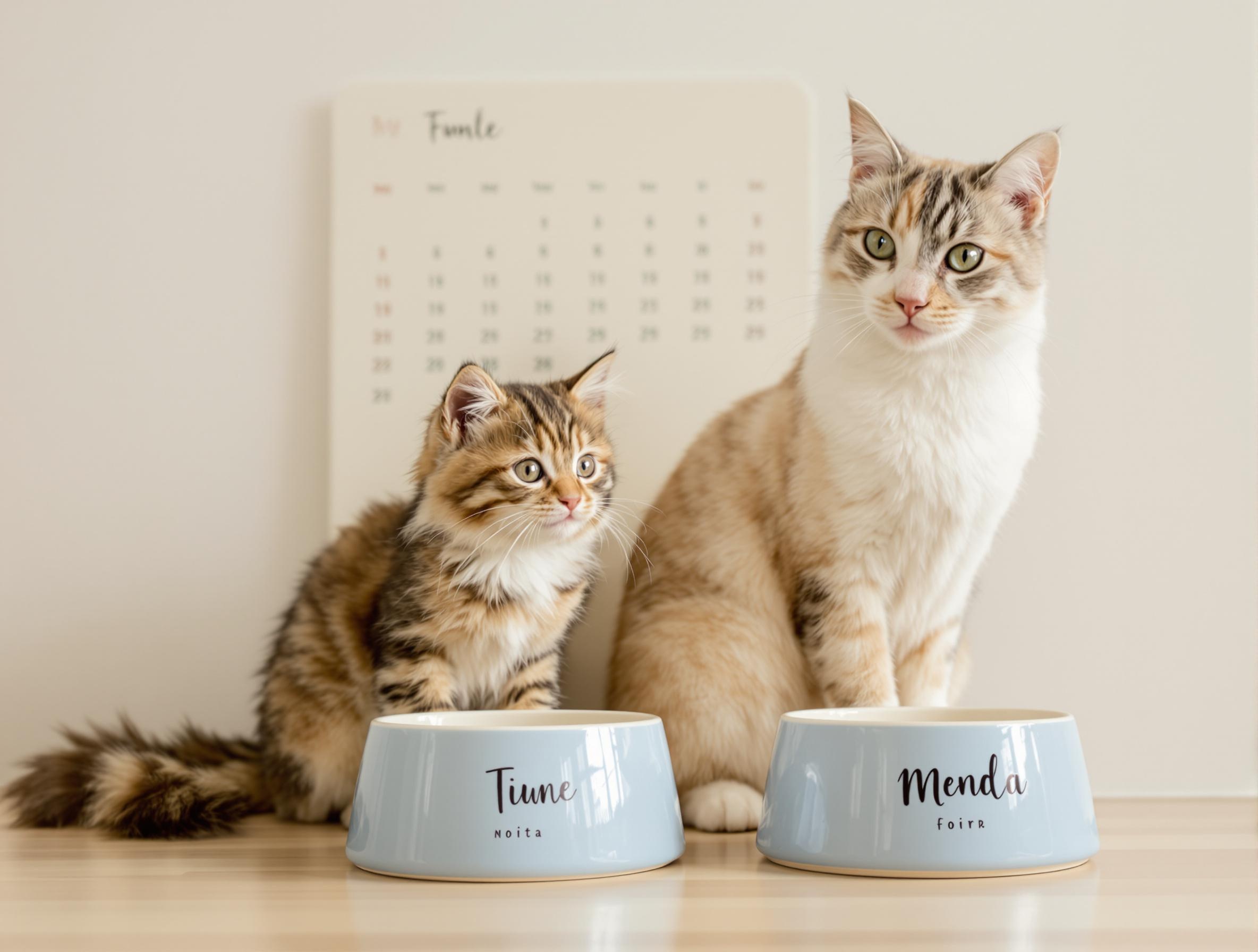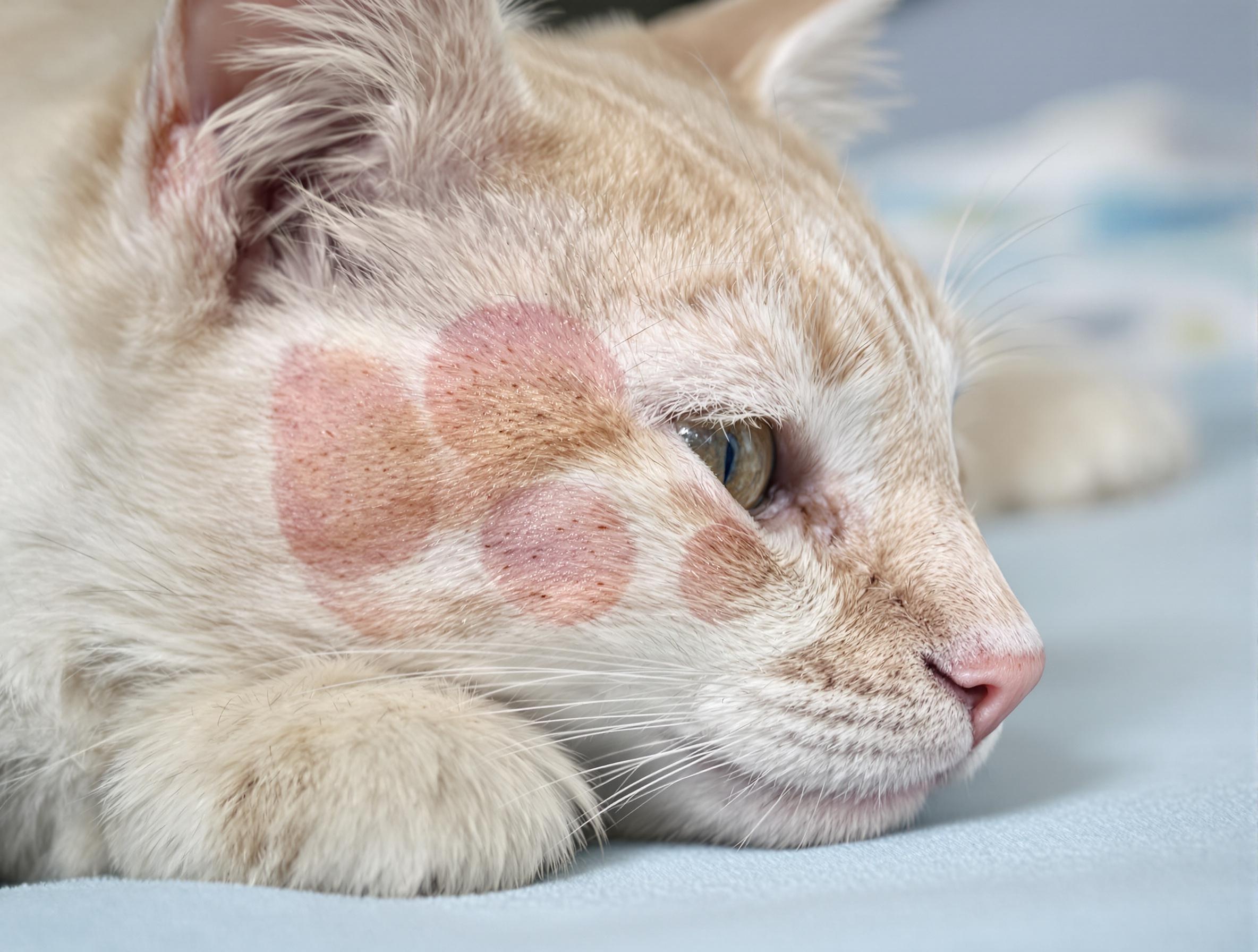How Much Should I Feed My Cat? Discover the Right Portions
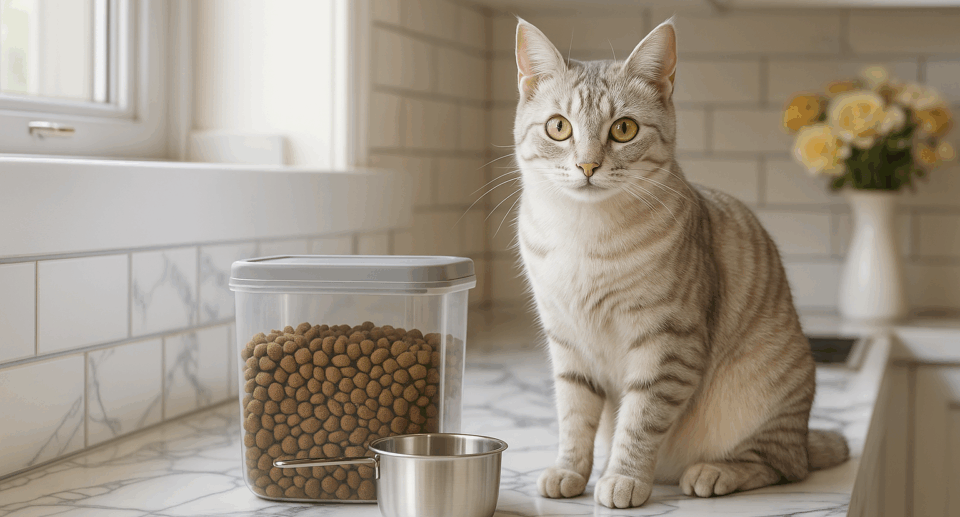
Key Takeaways
- Understanding your cat’s unique nutritional needs, factoring in age, activity levels, and whether they’re spayed or neutered, is crucial for their health and happiness.
- Tailoring portion sizes and diet to suit your cat’s life stage and health needs supports their long-term well-being and helps combat obesity.
- Cats with diabetes, kidney disease, or urinary issues benefit tremendously from specialized diets that can manage or even improve their condition.
Feeding your cat might seem simple, but getting those portions right can make the difference between a healthy pet and one facing health challenges. With so many food options lining pet store shelves and conflicting advice from well-meaning friends, figuring out exactly how much to feed your feline friend can feel overwhelming. Your cat’s perfect portion depends on several unique factors, such as age, activity level, health status, and even their breed.
Your cat can’t tell you when they’re getting too many calories or missing key nutrients, so it’s up to you to become their nutrition detective. This guide breaks down everything you need to know about proper cat feeding—from kitten to senior, couch potato to adventurer, and healthy to those needing special dietary care.
Feeding by Age
Cats’ nutritional needs change as they grow, just like ours do. Let’s break down how to feed your cat right at every life stage:
Kittens (8 Weeks to 6 Months)
These little bundles of energy need lots of fuel! Since kittens burn through calories fast—twice as much per pound as adult cats—it’s best to serve them 4-6 small meals daily, about 1/4 to 1/3 cup each time. After that, make sure you watch for signs they’re still hungry after meals.
Adult Cats (1-7 Years)
Once your cat celebrates their first birthday, switch to 2-3 daily meals. Each portion should be about 1/3 to 1/2 cup of dry food or one 3-ounce can of wet food.
Senior Cats (7+ Years)
Older cats usually do better with smaller, more frequent meals—about 1/4 to 1/3 cup, three or four times a day. Many seniors also prefer wet food, which makes it easier for them to stay hydrated. As you tweak their feeding schedule, keep an eye out for any changes in appetite or weight, since these can sometimes be early signs of a health problem.
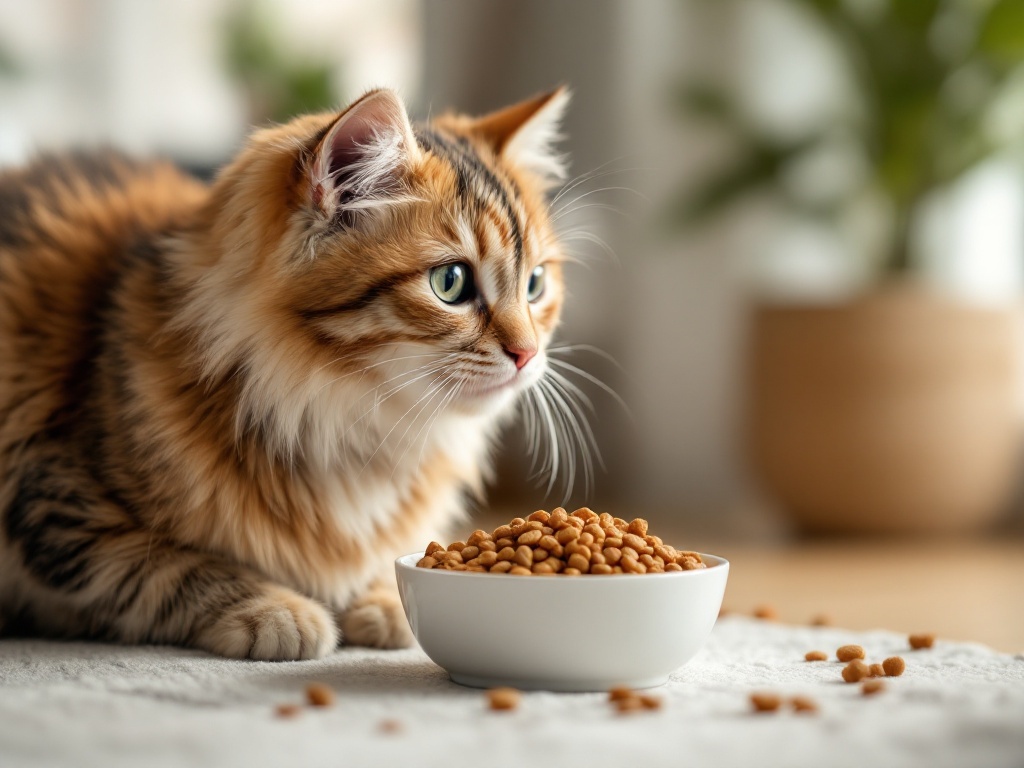
Indoor Cat Nutrition
Indoor cats live the good life—lounging on windowsills and napping on your favorite chair. But this cozy lifestyle calls for a special diet approach. With about half of indoor cats carrying extra pounds, what you put in their bowl matters.
Prioritize Protein
Go for protein-packed foods made just for indoor kitties. These have lean proteins and fewer calories, so your cat feels full without packing on weight.
Try a Wet and Dry Combination
Mix it up with both wet and dry foods. Aim for 75% wet food to keep your cat hydrated. Plus, most cats go crazy for the meaty texture of wet food—it’s closer to what they’d naturally eat.
Create a Pleasant Dining Experience
Serve meals at room temperature in a quiet spot—cats hate eating where it’s noisy or busy. Got a picky eater? Try warming food slightly or using wide, shallow dishes so their whiskers don’t squish against the sides.
A few tweaks to your cat’s diet can make a huge difference! Your indoor buddy can stay fit and happy with the right nutrition plan while living their best couch potato life.
How to Determine the Right Serving Sizes
Every cat is different when it comes to food needs. Your cat’s eating habits can tell you a lot about what they need to stay healthy and happy.
Individual Factors
Your cat’s size and activity level create their specific nutritional profile. A small, energetic Siamese might need different portions than a relaxed Maine Coon. Most cats do well with about 300g of quality wet food daily, but your cat might need more or less depending on their lifestyle.
Portion Control and Measurement
Most indoor cats need just 1/4 to 1/2 cup of dry food or 3-5.5 ounces of wet food daily, split into two meals. So, rather than eyeballing portions, which usually leads to overfeeding, make sure you use a measuring cup when preparing your cat’s food. The feeding guidelines on your cat food package are a great starting point.
Monitoring and Adjusting
Keep tabs on your cat’s shape, not just their weight. Check your cat’s weight every couple of weeks. Snap some photos from above and the side, too—sometimes you’ll notice body shape changes before the scale shows anything. A healthy cat has a visible waist when you look down at it, and you should feel light padding over its ribs—not see it, but not feel like you’re pressing through a pillow, either.
These physical clues help you fine-tune their portions.
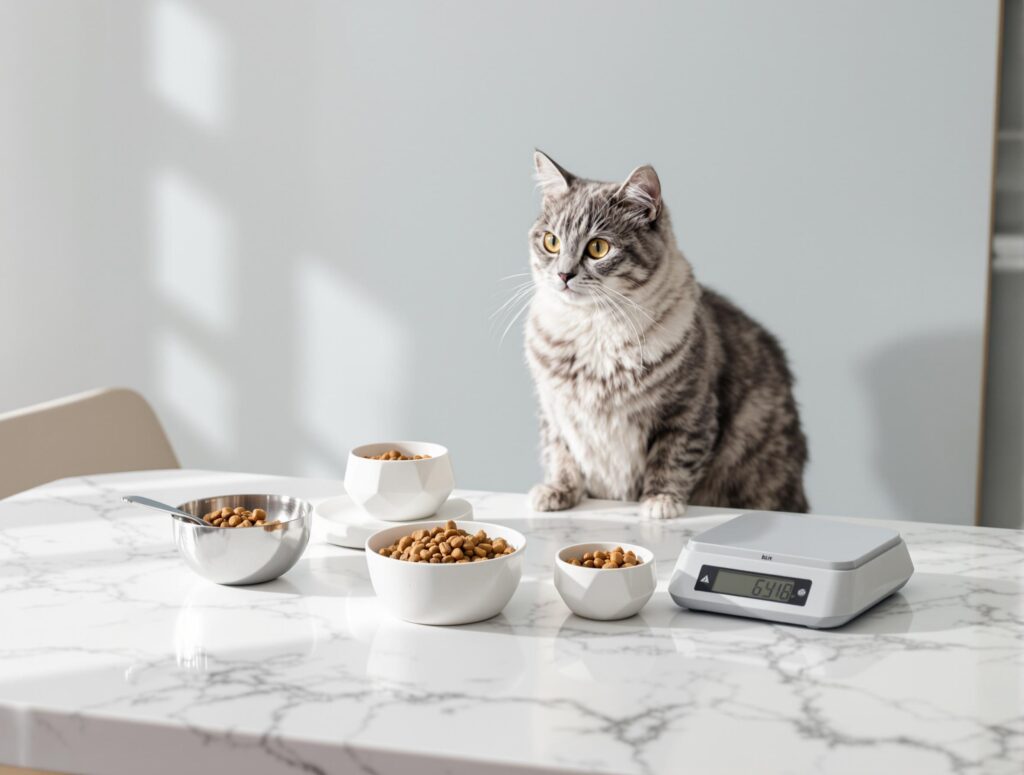
Health-Specific Feeding: Managing Medical Conditions
When your cat is dealing with health problems, what goes in its bowl can help it feel better. Here’s how to adapt mealtime for some common cat health challenges.
Diabetes Management
Cats with diabetes need a special mealtime approach. To help keep blood sugar levels steady, choose foods with plenty of protein (about 30-40% of calories), moderate fats, and very few carbs. Wet food is diabetes-friendly because its moisture helps slow down how quickly sugar enters the bloodstream.
Kidney Disease Support
Kitties with kidney troubles need foods with less phosphorus—a mineral that makes their kidneys work overtime. Look for kidney-care formulas with enough high-quality protein to protect muscles without stressing those hardworking kidneys. Getting more water into your cat becomes super important, too—try water fountains or frozen bone broth treats to make hydration fun.
Urinary Tract Health
Special diets can create the perfect urine chemistry for cats prone to painful crystals or stones to prevent problems. Some of these clever formulas can even help dissolve certain stones that have already formed. Check out our urinary health products for cats.
Weight Management
Those extra ounces might be cute, but they also make a cat more likely to develop diabetes. Weight-control foods typically pack protein while watching the fat content, helping cats lose the pudge but keep their muscle. Try puzzle or slow feeders to make mealtime longer and more entertaining. You can explore weight management products for cats for more support.
Working with Your Vet
Team up with your vet to create the perfect plan. They might suggest regular blood tests to see how well the new diet works, especially for conditions like diabetes or kidney disease. Sometimes, medications and meals need to be timed together for the best results.
Supporting Your Cat’s Lifelong Health
Adapting your feeding approach as your cat’s needs change is one of the most loving things you can do for them. The time you invest in understanding your cat’s nutritional needs pays off in fewer vet visits, more playful moments, and potentially many more years together.
Feeding guidelines are just starting points—your cat is an individual with unique needs that may change over time. Watch their body condition, energy levels, and overall happiness, making adjustments along the way. When in doubt, your veterinarian remains your best partner in nutrition decisions, especially during health challenges or life transitions. Our comprehensive guides on cat health care at PetHealthMD are also here to help you!


